5 Fascinating Embroidery Facts: From Darned Manuscripts to Needlework with Hair!
Discover five things you may not know about embroidery
A form of expression, a way to relax, a political weapon or a millennial art. Embroidery is all this and much more: an ancient technique practiced all over the world that has now regained its popularity.
You are probably aware you need a needle and thread, but did you know you can embroider with hair? Or that many famous pieces of embroidery have hidden meanings? Don’t miss this video that reveals five incredible embroidery facts.
5 incredible things you didn’t know about embroidery
Visible mending: Medieval-style
Centuries before visible mending became popular, medieval manuscripts used a similar approach. Scrolls often became ‘holey’ over time. And to repair them, medieval artists sometimes used their creativity to give these documents a special touch: with a needle and thread.
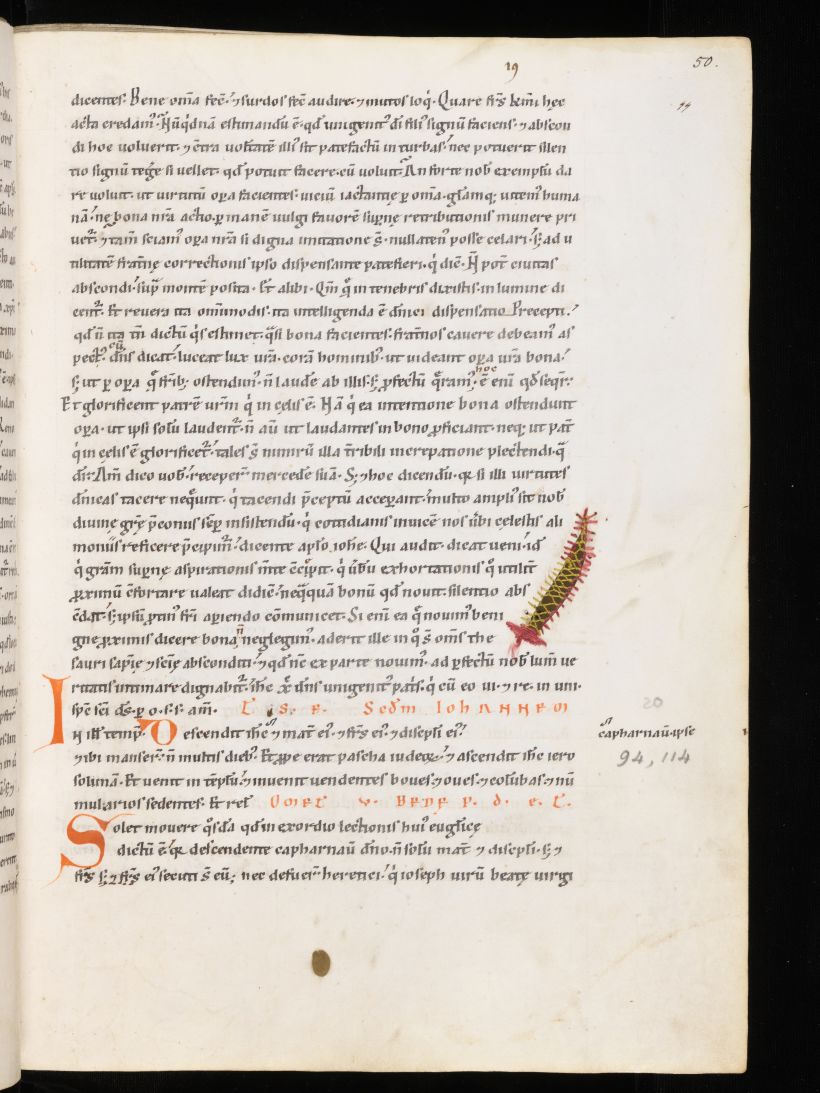
The Bayeux Tapestry’s cosmic secret
The Bayeux Tapestry is a nearly 70 meter-long 11th century embroidery masterpiece recording how England was conquered by the Normans.
But among the hundreds of figures portrayed, one stands out: Halley, the comet that orbits the Sun every 75 years, accompanied by a sentence in Latin. For the Normans, the comet’s appearance was a good omen, while the Anglo Saxons thought it presaged the doom of the defeat retold for posterity in the tapestry.
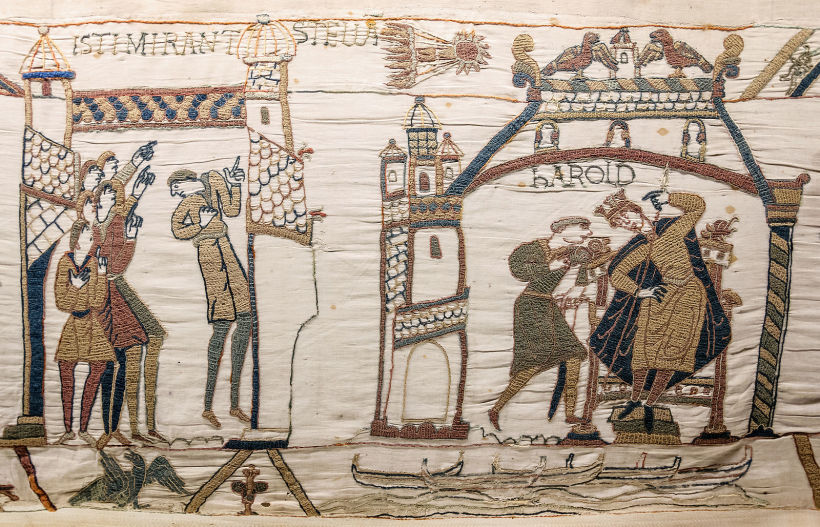
What stories do embroidery tell?
For centuries, embroidery was associated with a feminine universe, and seen as a hobby. But needlework has also been a symbol of resistance and a source of testimony.
History is full of embroidered evidence, including this 1941 sampler by Major Casdagli, a prisoner at the Dossel-Warburg Nazi concentration camp.
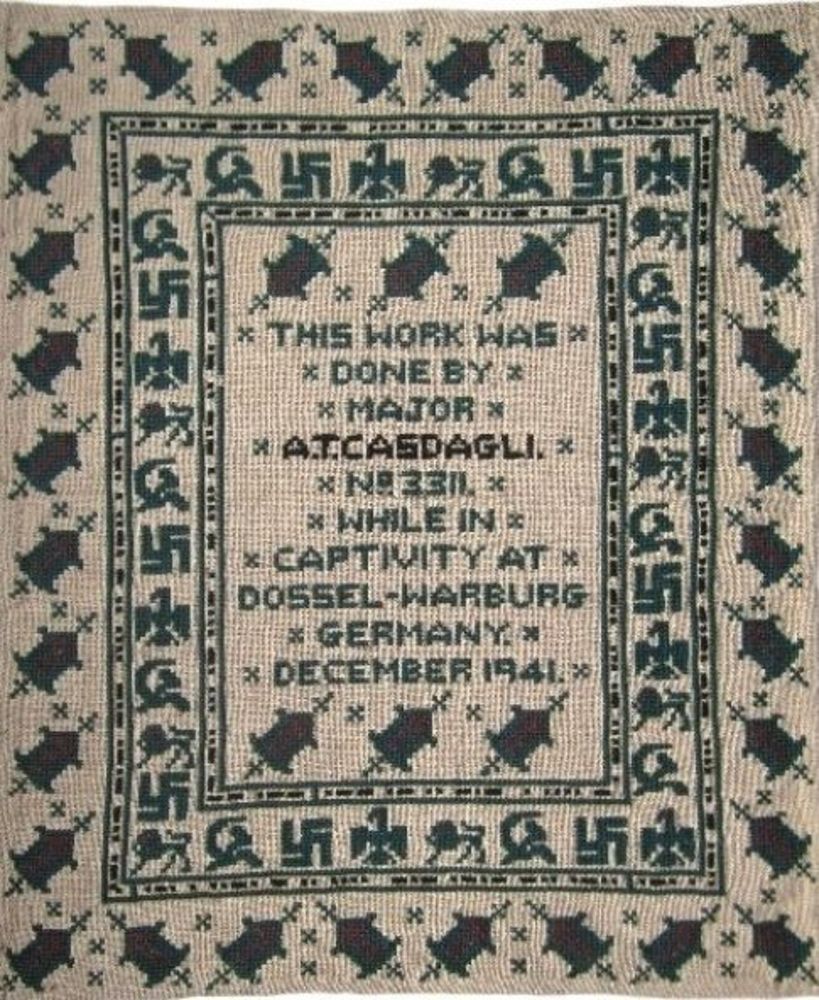
There is also Ashley’s Sack, an embroidered old sack that tells how a 9 year old girl was sold as a slave.

And this embroidery, in which a young nanny tells the mistreatment she suffered at the hands of her employers.
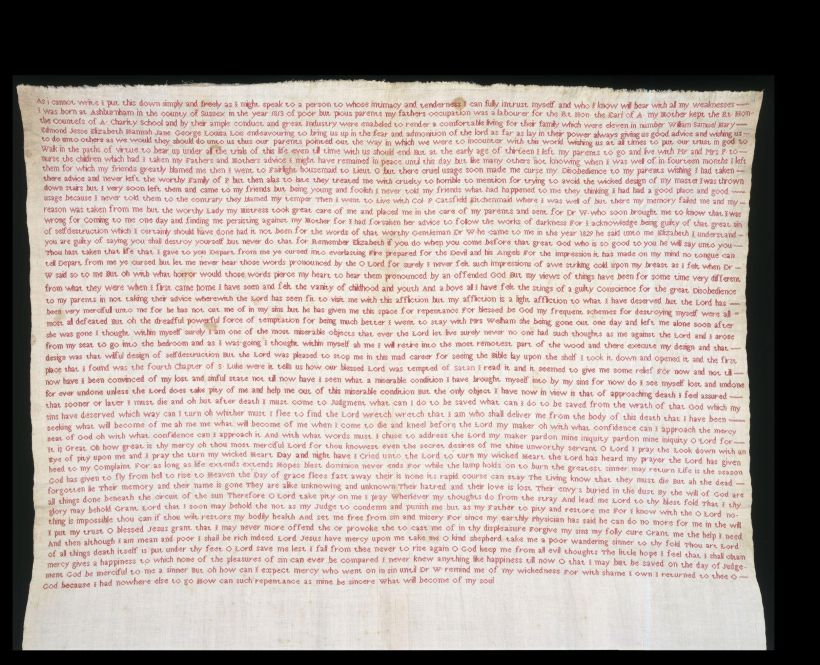
Another example of embroidery as a symbol of resistance is this handkerchief, embroidered by a group of suffragettes during their time in prison.
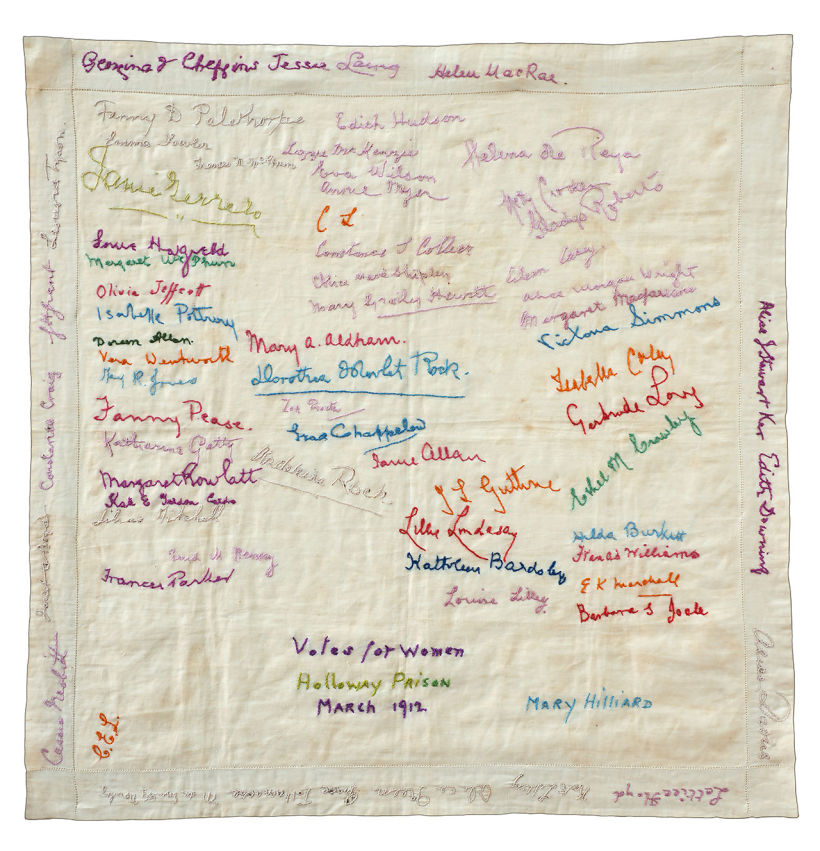
Unusual pieces of embroidery
Although the first thing that comes to mind when you think of embroidery is stitched fabric, this technique can actually be deployed on many materials: from photos and postcards, to money, leaves and even wood.
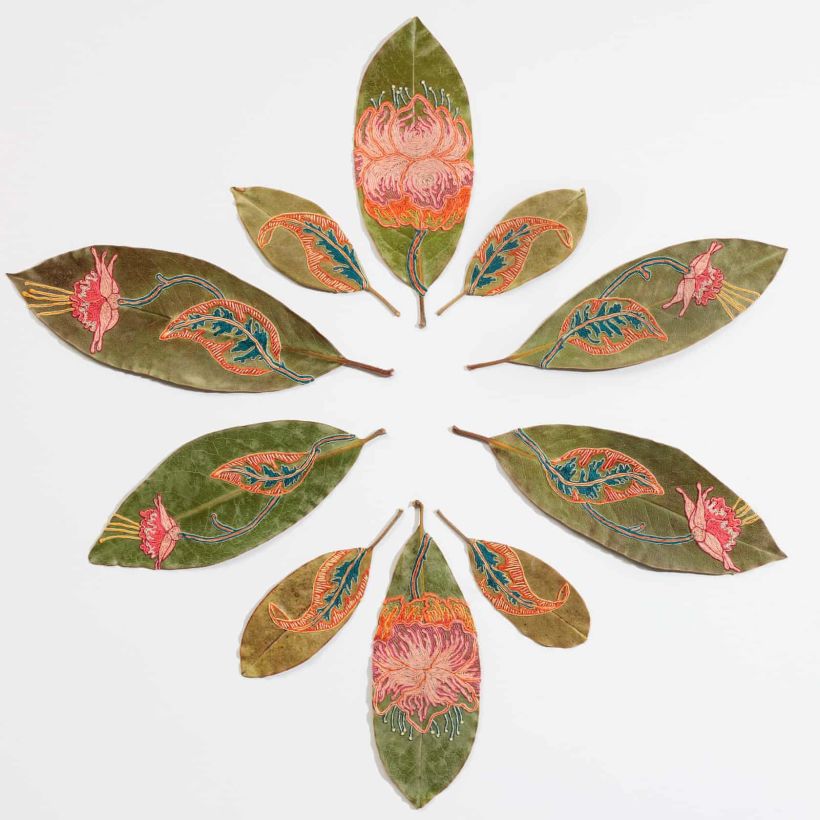
Embroidery worth its weight in gold
Along with the medium and needle, thread is the other must-have material required for embroidery. And there is a great variety to choose from: single or multiple strand, cotton, silk, black or colored threads. And you can also go for more unusual materials. For centuries, gold and silver thread were a symbol of power and status used to decorate upper class clothing or religious objects all over the world.
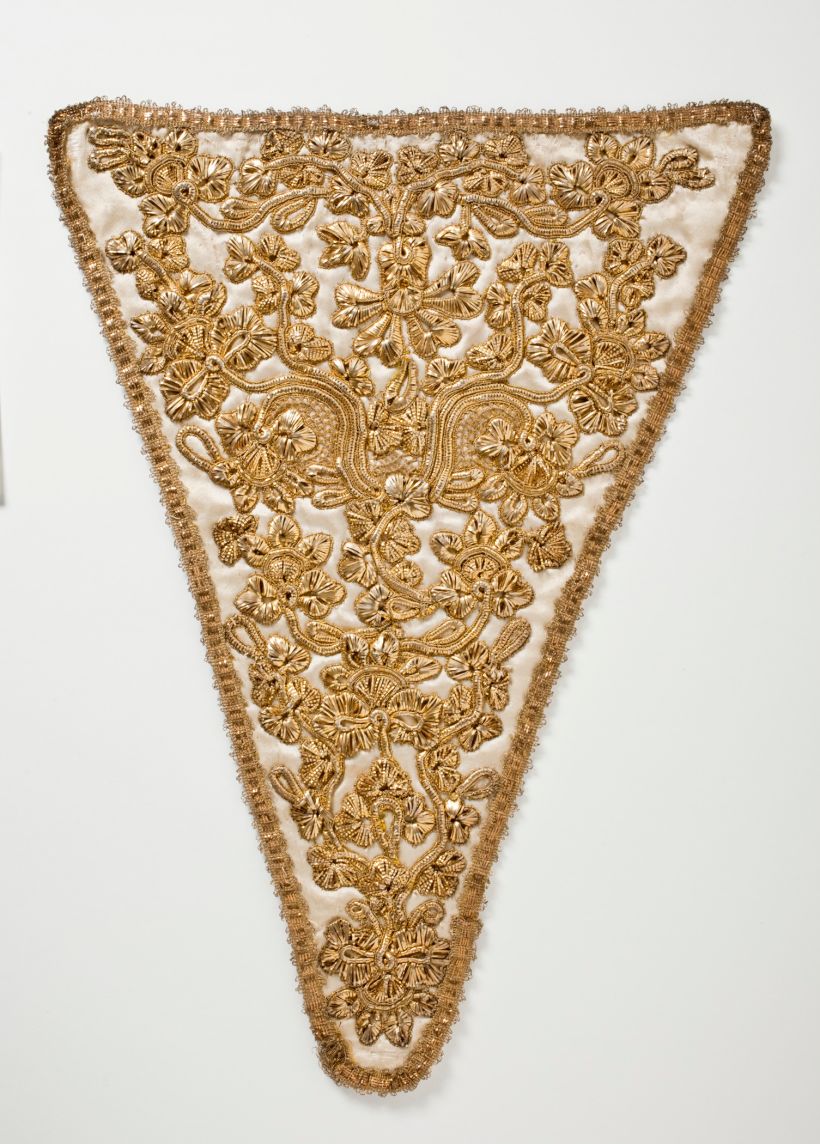
And although it seems surprising, you can also embroider with human hair. In Mexico, scarves were sometimes embroidered with the groom’s hair to accept a formal marriage proposal. And hair was used to embroider Buddhist images in late Imperial China.
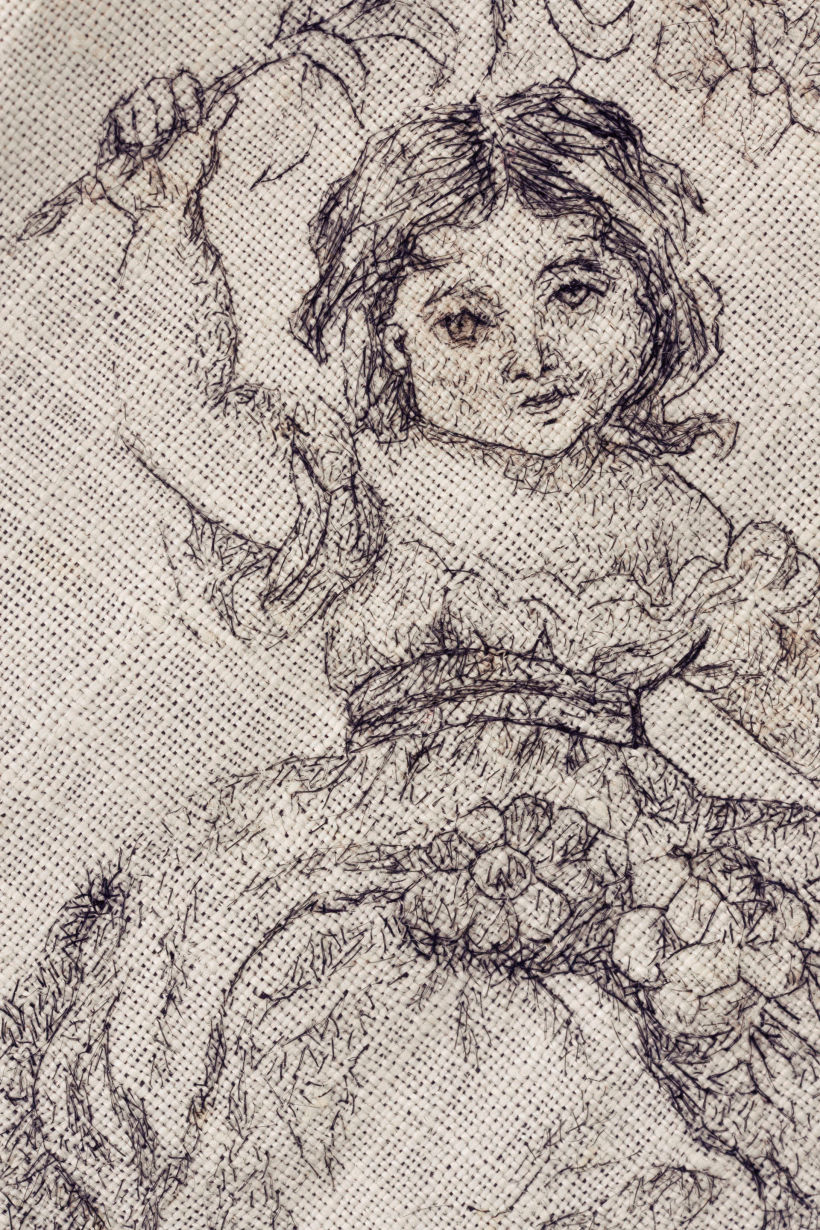
Fascinated by these embroidery facts? Explore the history of embroidery in more depth.
And if you want to learn how to tell stories with a needle and thread, don’t miss all our Domestika embroidery courses.
You may also like:
- 10 Online Creative Embroidery Courses for Beginners
- 10 Online Upcycling Courses for Getting Creative at Home
- Free Color Theory Guide for Embroidery








+0 Kommentare